The Problem
Out of control wildfires can be a major problem worldwide, and especially so in my native South Africa. Between 2010 and 2014, a total of 118 952 veld, forest and agricultural fires were reported in South Africa, with estimated financial losses of R 194,653,000 (US $ 15,000,000). There was also a increase in reported incidents of 68% between 2010 and 2014. Although newer statistics are not available, the number of incidents during the drought of 2015-2017 (the worst in decades) will probably be even more shocking. In many cases the causes are unknown, but where it could be determined the top causes were human negligence, arson and lightning.
Fire fighting services are severely lacking in resources and manpower in South Africa, so farmers and farm workers are often left to put out fires themselves, with their own equipment. Farmers often struggle to make ends meet financially and receive little or no help from the government, so the expensive commercially available fire detection systems are simply not a viable solution for most.
Project Goals
Develop a network of wireless sensor nodes that detect when a veld fires start, provide early warning and reduce response time.
If veld fires can be detected early enough while they are still small, they can be extinguished early, thereby preventing major damage to grazing, ecologically sensitive areas and infrastructure and possibly save the lives of people and animals that would have been caught in the path of the fire. The sensors nodes can be deployed easily to vulnerable areas and provide constant environmental monitoring.
To be viable, it would have to meet the following requirements:
- Accurate: It must should be able to detect the presence of fire quickly as possible, without giving false alarms
- Low Cost: It must be affordable to the people who need it
- Easy to deploy: It should not require advanced knowledge or extensive work to deploy and use.
- Low power: The system must be able to run on small solar cells and batteries for years at a time.
- Rugged: The system will have to endure the harsh African environment for extended periods of time.
- Scalable: The system must work for any number of sensors, even for large game reserves that can be tens of thousands of hectares in size.
Basic Concept Overview
Each node would consist of a range of temperature, humidity, gas, particulate and optical sensors that would detect the presence of smoke and/or flames. This combination of sensors would most likely be required for accurate detection. The nodes each connect to a collector via a long range Sub-Ghz radio connection.
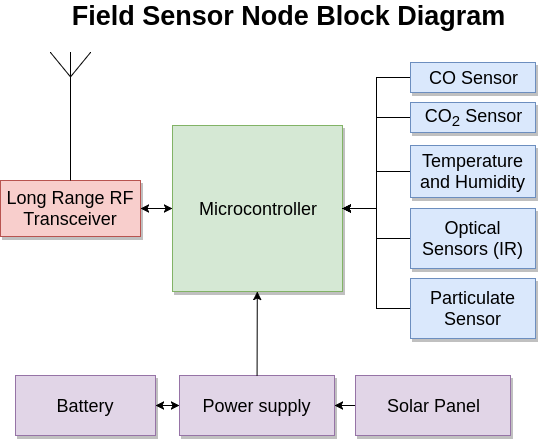
Each of the collectors (which can also be sensor nodes) then send their data to the cloud, either through a central hub, or directly via a GSM connection if it is available in the area. Remote end user devices can then view the data from the cloud, and receive fire alerts.
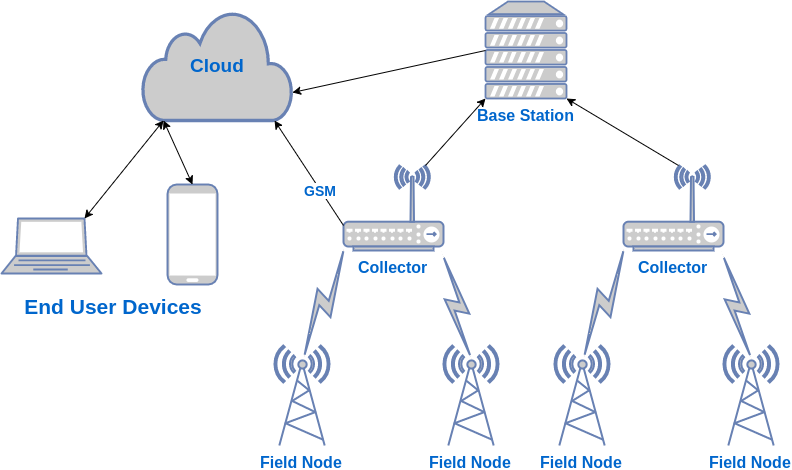
Licenses
- Published work for this project licensed under Creative Commons Share-alike 4.0, unless where otherwise specified
- Texas Instruments Sensor Tag and Launchpad Terms
- Important Notice for TI Designs covering authorized use, intellectual property matters and disclaimers
- Sparkfun breakouts licensed under Creative Commons Share-alike 4.0
- Adafruit hardware licensed under Creative Commons Share-alike 4.0
TODO
- Range tests for Feather and TI modules.
- Complete software for testing, integrating all sensors
- Test and document power consumption for relevant components
- Select appropriate power source.
- Design and build modules and base station for field testing.
- Deploy prototypes to field to gather baseline environmental data
- Expose system to fire conditions to gather data for accurate detection.
- User interface and cloud integration
- Design and build pre-production prototypes and deploy at different pilot sites during fire season for continued refinement
 Danie Conradie
Danie Conradie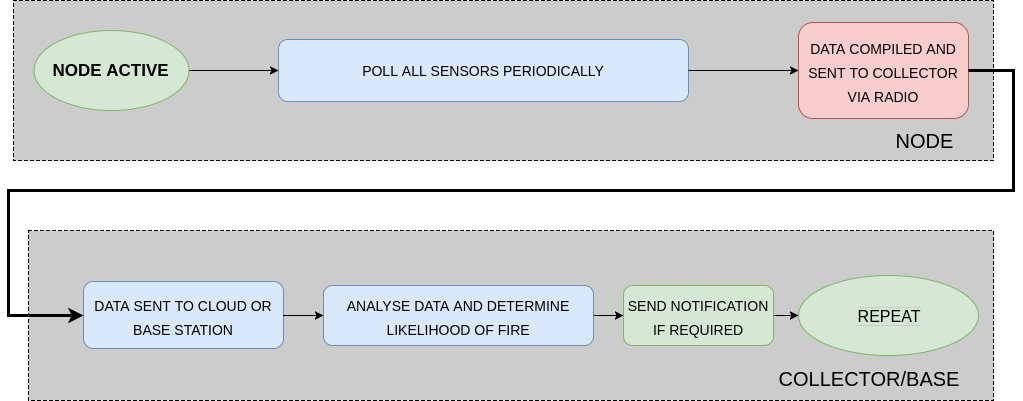
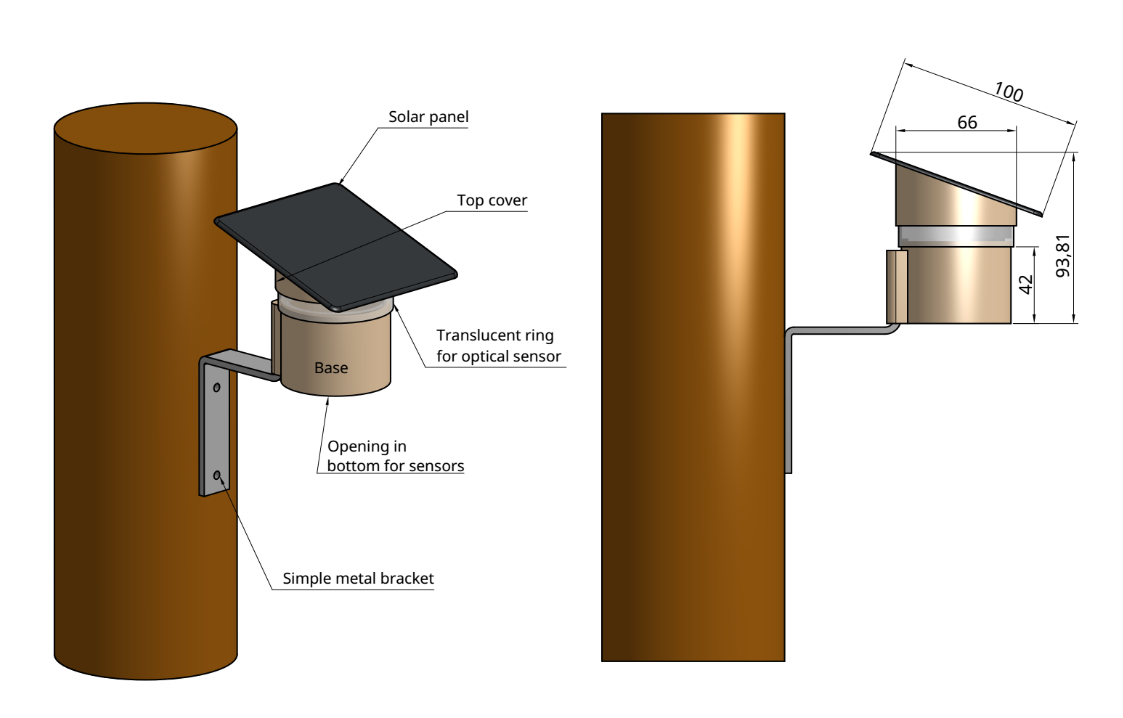

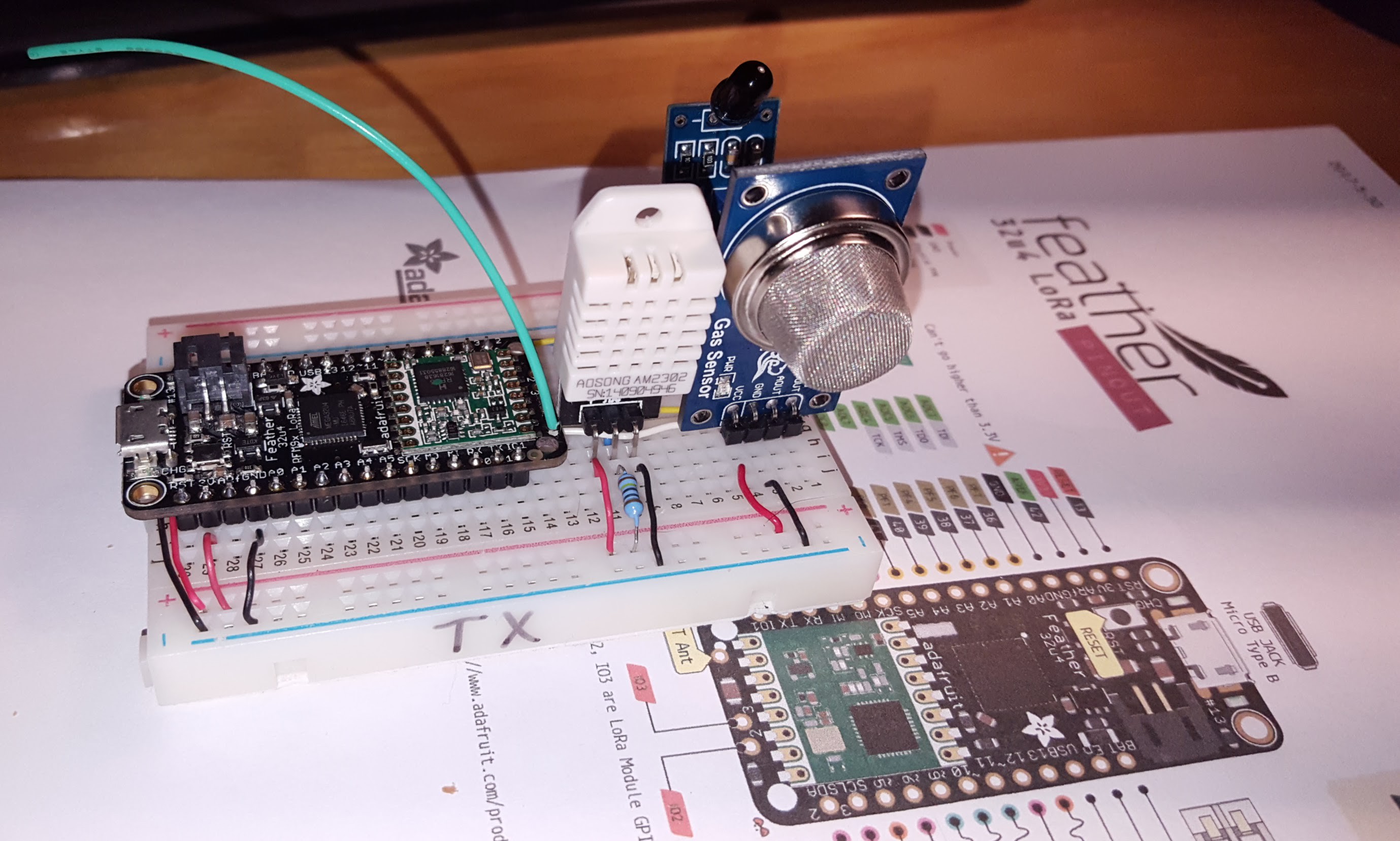
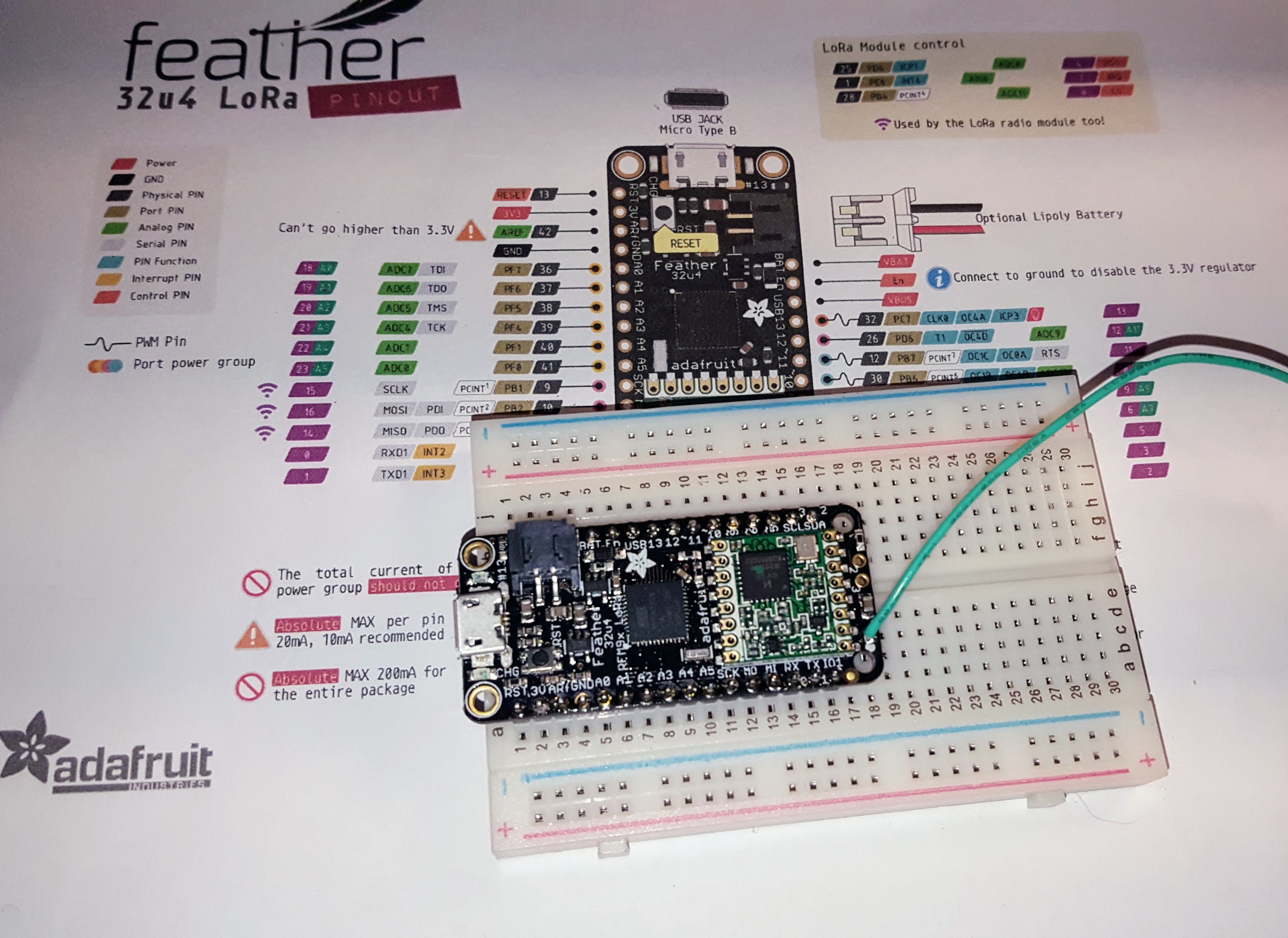
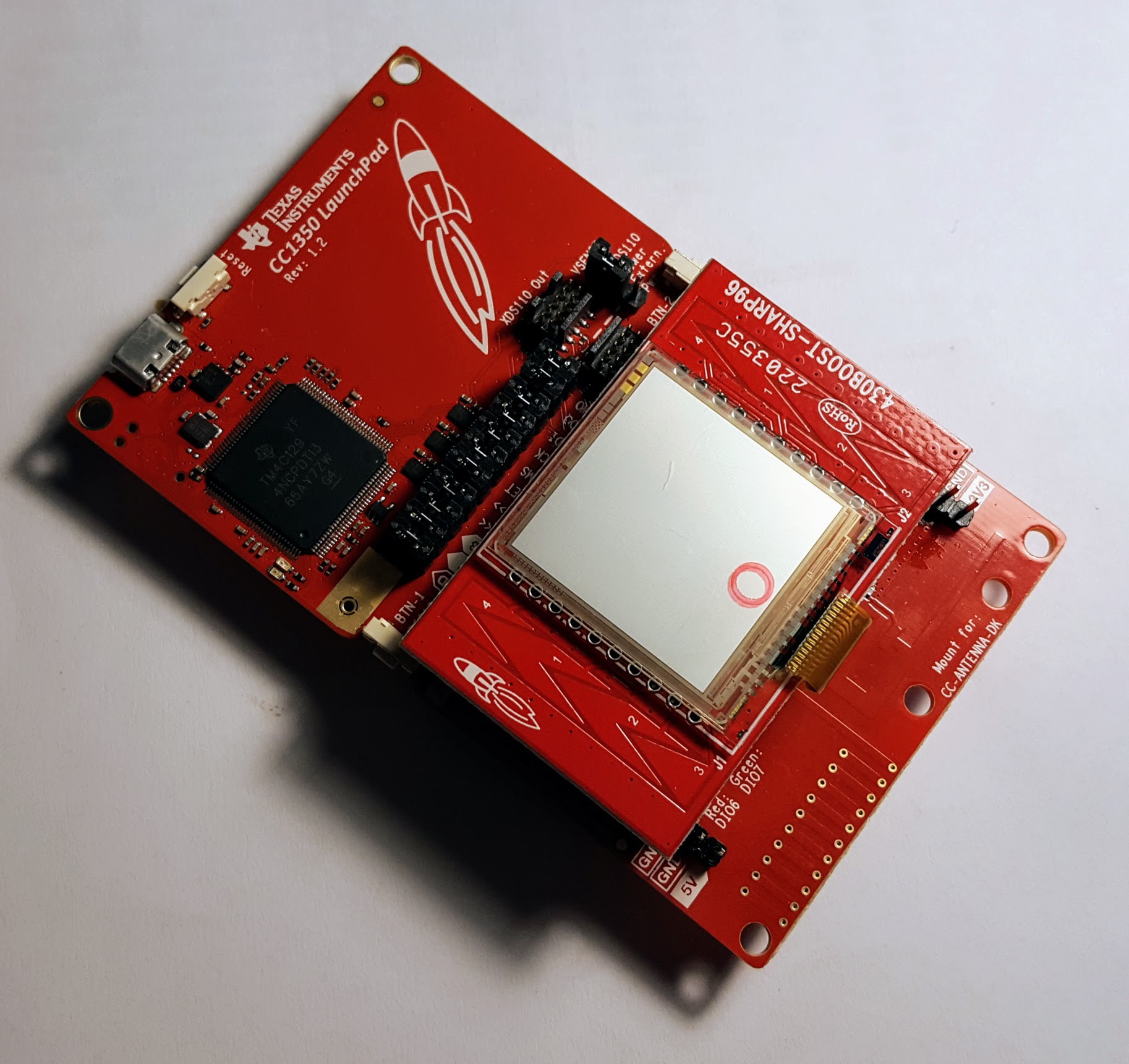


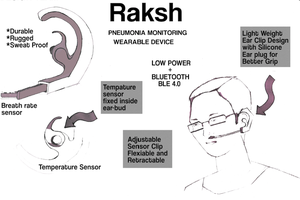
 Vignesh Ravichandran
Vignesh Ravichandran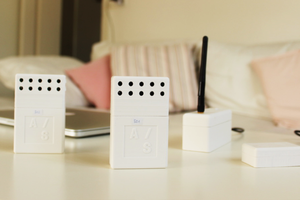
 Mario Frei
Mario Frei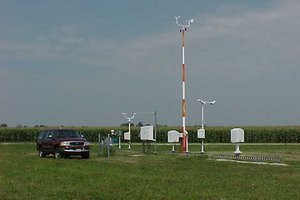
 sparks.ron
sparks.ron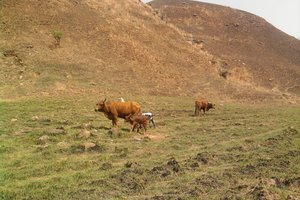
Hi Danie,
I live in Greece so I do have a great experience of what a forest fire is.Came up with the same idea and during my research bump into lackaday article of your project.Would love to contribute